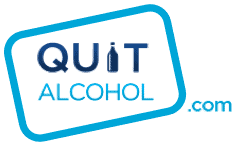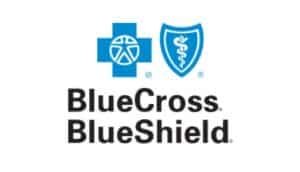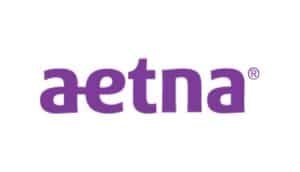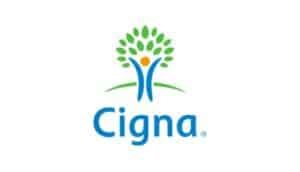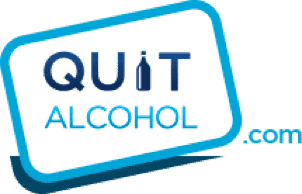Let’s say you were never taught anything about candy. You know it exists, but you don’t know anything about it, not the taste, the brand names, the dangers, nothing. You’ve never even held a piece of candy. Then one day you come across a whole bag. Your natural human curiosity gets the best of you, and you try some. You like it. Chances are, provided you’re not full, you’re going to eat the rest of the candy. Because you know nothing about how it rots your teeth and makes you fat, you eat candy all the time! You might even be addicted to it.
That’s how important education is when it comes to drug and alcohol addiction.
Mothers Against Drunk Driving, (known as MADD), offers this brilliant quote on the education section of their website:
“Strict enforcement of drunk driving laws is an essential part of an overall public safety policy. However, every time an intoxicated driver stumbles during a field sobriety test or a police cruiser pulls over a car swerving wildly across multiple lanes, it signals that something has already gone horribly wrong. Either those intoxicated drivers simply did not understand just how much danger they were putting themselves and others in by driving drunk, or else they didn’t understand the severity of the consequences of getting caught.
Thus, the best way to fight against drinking and driving is to educate people about its dangers.”
The Impact of Alcohol Education
Children need to be fully educated on drug and alcohol addiction. If the candy from the above story were drugs or alcohol, it could play out the same way. The American Academy of Pediatrics believes that schools play an integral role in drug and alcohol education. After all, students spend about half of their waking life in school. The schooling system is well equipped to identify and manage early signs of addiction.
Consider this quote from the American Academy of Pediatrics: “Schools, working in collaboration with community partners and health care professionals, are well situated to identify students with signs and symptoms of illicit drug abuse.” Three main reasons exist why drug and alcohol education should begin at school. One is because 90% of addicts began before age 18. Second is because the structure of school allows for standardized education on drugs and alcohol. Third is because schools have plenty of resources available, such as teachers, health care professionals, counselors, and specialists.
Not Just an Opinion
The Ana Liffey Drug Project is a free-of-charge addiction recovery network located in Ireland. One of the project’s websites, Drugs.ie, offers extensive information regarding drugs and alcohol, addiction, recovery, and support. What they also do is perform scientific studies, and there is a 2011 publication named ‘The role of education in developing recovery capital in recovery from substance addiction’ which drives home the need for in-school addiction education.
In the title of the publication is the phrase ‘recovery capital’ which the author defines as “the sum of resources consisting of social, physical, human and cultural capital that is necessary to initiate and sustain recovery from addiction.” Here’s how education on drugs and alcohol addiction affects each aspect:
- Socially, in-school education offers opportunity for friendship and network-building outside of traditional treatment and self-help groups.
- Physically, in-school education improves career options through focus and skill-building workshops.
- Humanly, in-school education could contribute to better health management, more effective listening (and eventually parenting), and helping students achieve goals, such as 30 days sober, etc.
- Culturally, in-school education creates a consensus that addiction is dangerous and to avoid drug and alcohol abuse. New values can be instilled.
Final Statement
According to the American School Health Association, schoolchildren who feel their educators truly care about them are less likely to engage in drug and alcohol use. Combine this with a proper education on drugs and alcohol and the problem begins to fade.
